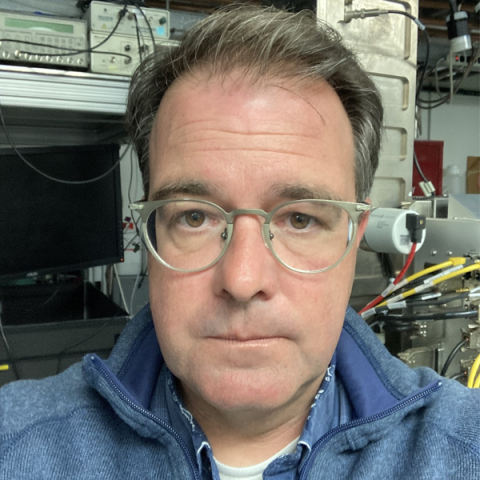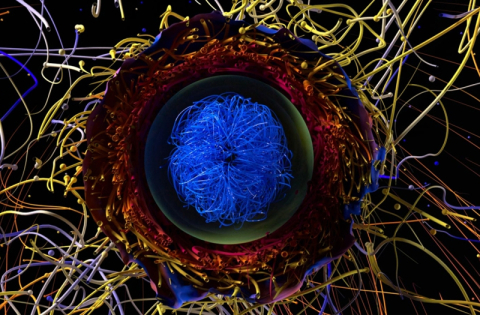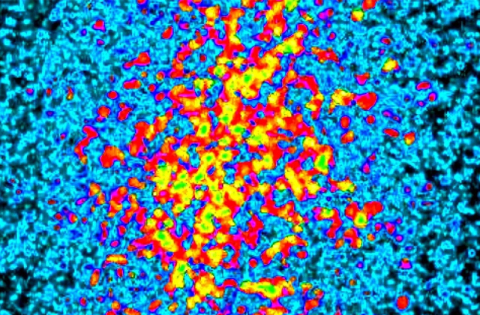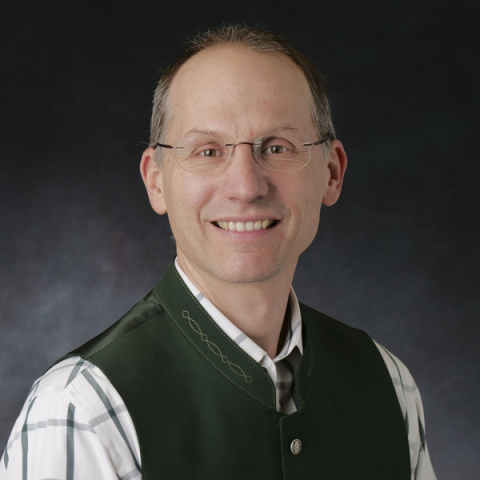RSS








Kevin Wilson studies liquid and nanoparticle interfaces to understand surface chemistry reactions and the cycling of molecules in the biosphere.

DOE’s Fermilab is leading the most advanced and comprehensive neutrino experiment in the world.

With help from supercomputers at the DOE Office of Science user facilities, physicists are learning about how and why stars explode.

A technique from DOE’s SLAC National Accelerator Laboratory accelerates and improves how scientists examine X-ray images.

To better understand environmental systems, scientists supported by DOE’s Office of Science are studying plant roots and the surrounding soil.

Paul Romatschke and his team have made fundamental predictions about physics, such as the fact that matter in the early universe was a fluid.
The U.S. Department of Energy (DOE) strongly supports the outstanding announcement made yesterday by IBM, the University of Chicago, and their partners in Japan to advance quantum computing and quantum networking.
The U.S. Department of Energy’s (DOE) National Virtual Climate Laboratory will catalyze engagement with DOE climate science resources.

Theoretical particle physicist Rouven Essig is pioneering new experiments and detection methods in the search for knowledge about dark matter.
U.S. Secretary of Energy Jennifer Granholm announces a plan to provide up to $45 million to support Inertial Fusion Energy (IFE) research and development.

